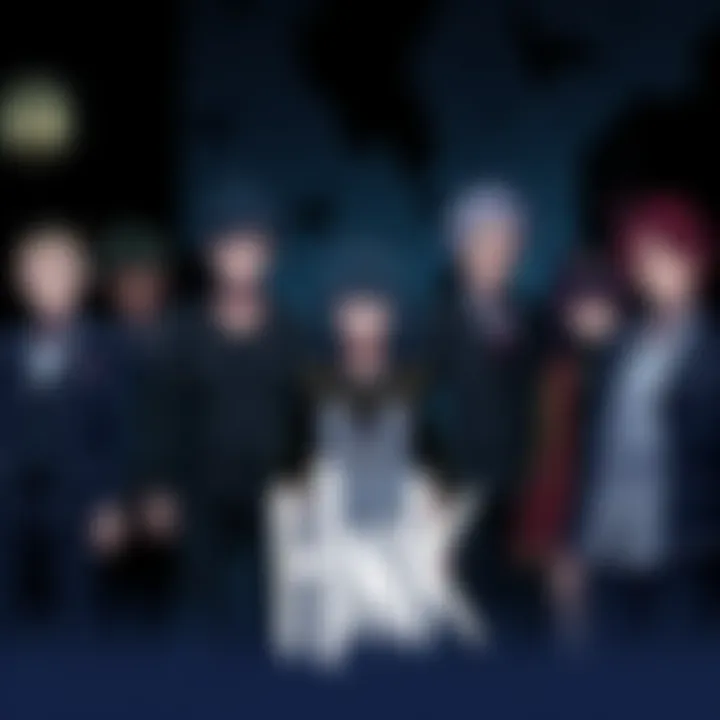Is Hnk the Darkest Shounen? | Fans Debate Heavy Themes and Violence
By
Chen Wu
Edited By
Nina Rossi

A Rising Discussion
A lively debate has sparked among people regarding whether Hnk stands as the darkest shounen of all time. This topic has gained traction across various forums following some intense discussions about the series' violent themes and mature content, raising eyebrows and opinions alike.
Context of Hnk
Hnk, known for its post-apocalyptic setting, grapples with heavy issues like nuclear war, slavery, and visceral violence. While some critics argue it doesn't explore these themes deeply enough, the series remains a notable contender in discussions about dark narratives in shounen—despite its somewhat campy reputation.
Key Themes Explored
Violence and Suffering: Many comments highlighted the graphic nature of the series. One reader pointed out the sadistic medical experimentation seen in the Amiba arc, while another noted themes of forced child labor and torture.
Comparative Darkness: Some fans contend that while Hnk may be dark, it is nowhere near the levels of series like Violence Jack or Devilman. "Not even close," one commenter remarked, emphasizing that true thematic depth is absent.
Morality and Redemption: Intriguingly, many view Hnk as overall hopeful, where even villains can find redemption. "The good guys always win," one user asserted, contrasting Hnk against darker series where good and evil are less clear-cut.
"It can be dark and depressing when it needs to be."
Sentiment Patterns
The responses in forums reflected a mixed sentiment. Many acknowledged the series' darker elements, while others claimed it leans more towards traditional shounen storytelling with underlying hope.
Key Insights
△ Debates highlight Hnk's significant violent content.
▽ Viewers differentiate thematic depth from graphic violence.
✓ "The real dark shounens are the ones where bad guys are glorified," states a fan.
The Ongoing Debate
As discussions unfold, one must wonder: is darker always better in storytelling? The conversation around Hnk continues to evolve, echoing larger themes in manga culture regarding morality, violence, and the nuances of good versus evil.
The End
While fans revel in this heated debate, it’s clear Hnk occupies a unique space in the shounen genre. Whether perceived as the darkest or not, it undoubtedly provides a rich ground for discussion, keeping people engaged in the world of anime and manga.
Interested in joining the conversation? Check out local forums and user boards to share your thoughts!
What Lies Ahead for Hnk and Its Fans
As the discussions around Hnk heat up, there’s a strong chance that the series will gain even more attention as new seasons or adaptations roll out. Experts estimate around an 80% probability that continued debate will fuel viewership, leading to an increase in merchandise sales and related events. Meanwhile, forums will likely see spikes in activity, with users eager to share perspectives on Hnk's darker themes. With the ever-evolving landscape of anime and manga, it wouldn’t be surprising if Hnk influences upcoming series to explore similar themes, prompting creators to push boundaries even further.
A Past Resounding Similarly
In 1930s America, comic strip creators faced scrutiny for depicting violence and adult themes during a time of heightened social sensitivity. Many creators shifted towards more lighthearted content to remain palatable to audiences. Yet, parallels can be drawn to Hnk’s ongoing debate—just as creators had to navigate public perception and morality then, today’s animators grapple with how far they can push thematic boundaries without alienating viewers. Perhaps Hnk represents a new wave where the line between the light and the dark blurs significantly, framing a discussion on artistic integrity versus audience expectations as relevant now as it was nearly a century ago.
